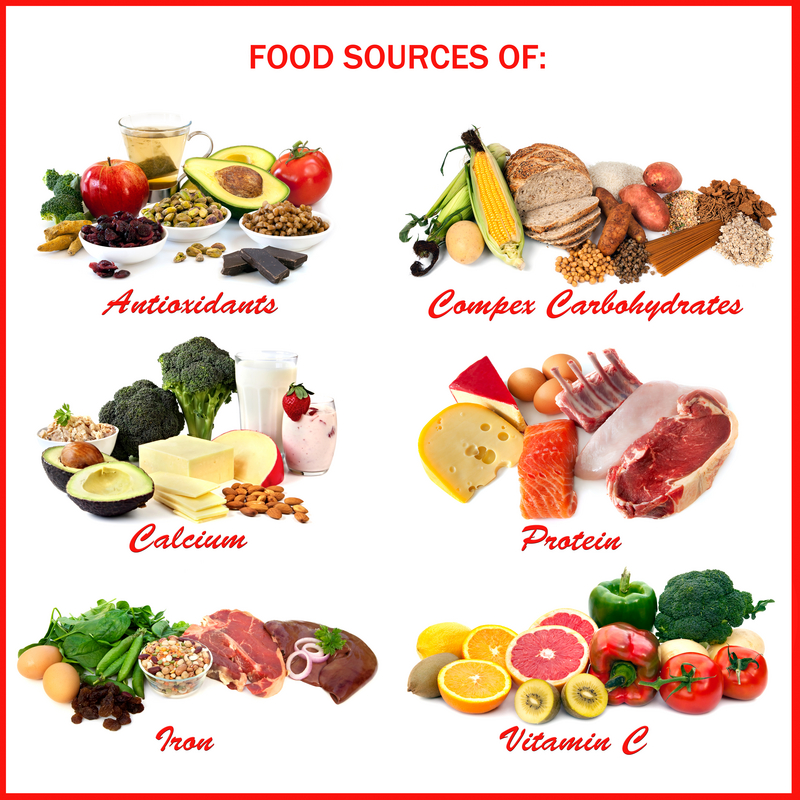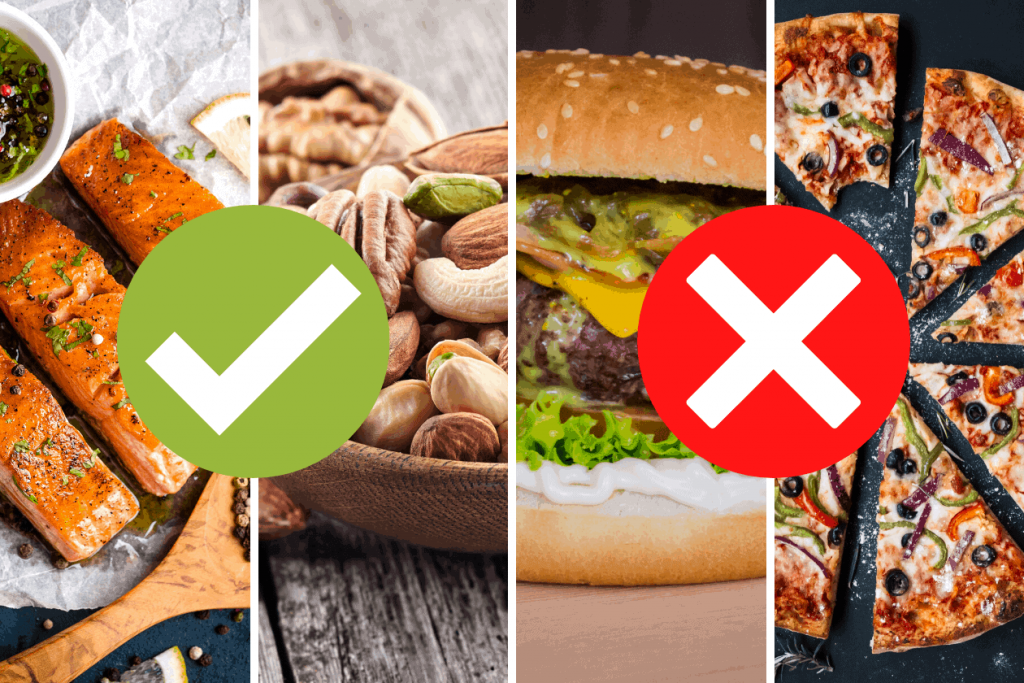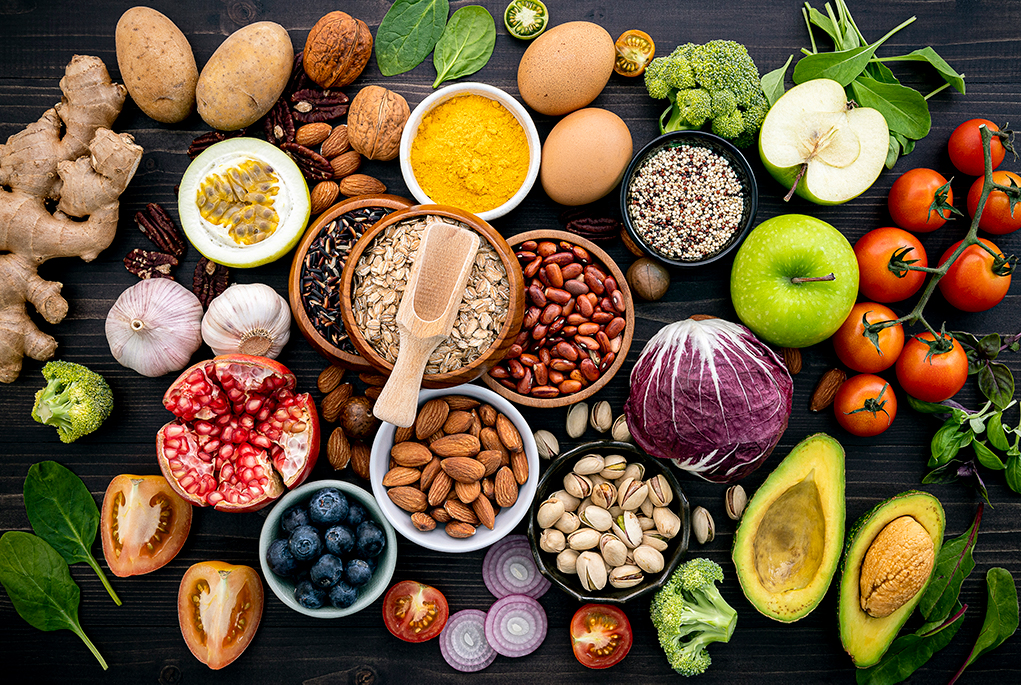
IBS-friendly fruits include those with high fibre. High levels of fructose are a common cause for abdominal pain. Fructose is low in bananas, citrus, fruits, and dried fruits. Avoid cruciferous vegetables such as broccoli and cauliflower which are high in sulfur. IBS sufferers should avoid onion consumption.
Oranges are also not good for those with IBS, since they have a high amount of citric acid, which is an irritant to people with the condition. Kiwis have a lower sugar content than oranges which makes them a great fruit for IBS sufferers. Although apples and strawberries are good sources of Vitamin C as well, they also contain high amounts of fructose which could trigger IBS flare-ups.
The best fruits have high fiber levels. These fruits are rich in insoluble fiber, which may irritate the IBS intestine. Peeling fruit can help reduce symptoms flare ups. There are many fruits that are suitable for IBS. You can choose the one that is right for you. They can be great sources of vitamins and minerals.

Passion fruit is high in soluble fiber and can be consumed moderately. However, it should be eaten along with other fruits rich in soluble fiber. Fruits rich in fructan or FODMAPs can also be found. The Monash University FODMAP app can be used to determine how many fibers are in each type of fruit. You can also try fennel seeds if you want to relieve constipation.
Sugary sodas, high-fructose Corn Syrup, and sodas can all contain fructose which can worsen IBS symptoms. Fruits are also rich in fibers, including soluble fibers. For those with IBS, bananas and raisin are especially beneficial. They are both rich in soluble fibre and can be used to ease constipation. If you are unsure which foods are best for your health, you can start by eating a small amount of each. Once you have a list of the best foods for you, you can start to experiment with them.
Irritable bowel syndrome sufferers will find apples a wonderful fruit. Its fiber and vitamins are great for digestion. Your gut health is also maintained by apple juice. People with IBS can also benefit from the anti-inflammatory and antioxidant properties of cumin herb. Its seeds possess anti-inflammatory properties and carminative abilities. Cumin seeds are an excellent source of fiber and good for the irritable bowels.
Another good option is a fruit for ibs. Apples contain fiber, vitamins, and other nutrients that can help keep your digestive system healthy. Having an apple daily can help ease the symptoms of irritable bowel syndrome. The cumin seeds may also be helpful in relieving symptoms. IBS sufferers can eat apples.

Fruits are high in fiber and rich in vitamins, minerals, and other nutrients. Avoid foods that have high levels of fructose like sweets, processed snacks, and so on. Keeping a food diary is important for helping you decide which foods are safe for you and which should be avoided. Before you introduce new foods, make sure to consult your doctor if you aren't certain which foods trigger your symptoms.
IBS patients should eat a diet high-in fruits and veggies. However, they should avoid high fructose foods. These foods can cause IBS symptoms to worsen by high fructose levels. Avoid foods high in fructoses such as processed foods and soft drinks. Your symptoms will not get worse if you eat a fruit with low levels of fructose.
IBS is best when the fruits are easy to digest. Blueberries are a good source of dietary fiber, as well. They can be eaten to improve digestion. They are also rich in vitamins and minerals. For ibs, you should eat fruit and vegetables all the time.
para: Fennel seeds, peppermint and other fruits that are good for the ibs have an anti-inflammatory effect. They are rich sources of dietary fibre and antioxidants.
FAQ
Take herbs and other supplements to improve your immunity
It is possible to boost immune function by using herbs and natural remedies. Examples include ginger, garlic and oregano oils, echinacea, vitamin C, ginkgo loba, and echinacea.
These herbs should not be considered as a substitute for conventional medical treatment. They may cause side effects such as nausea, diarrhea, stomach cramps, headaches, dizziness, and allergic reactions.
Here are five ways to lead a healthy lifestyle.
Living a healthy lifestyle includes eating right, exercising regularly, getting enough sleep, managing stress, and having fun! Healthy eating means avoiding sugary and processed foods. Exercise can help you burn calories and strengthen your muscles. Getting enough sleep improves memory and concentration. Stress management is a way to reduce anxiety levels and depression. Fun keeps us vibrant and young.
How can I get enough vitamins
Your diet can provide most of your daily requirements. Supplements are available if you are deficient. Multivitamin supplements can be taken that contain all the vitamins you need. You can also purchase individual vitamins at your local drugstore.
Talk to your doctor if you have concerns about your nutritional intake. You can find vitamins K and E in dark green leafy vegetable such as spinach, kale and turnip leaves, as well a variety of sweet potatoes and sweet potatoes.
Ask your doctor for advice if you are unsure how much vitamin to take. He or she will recommend the appropriate dosage based on your medical history and current health status.
What are the 10 best foods to eat?
These are 10 of the best foods to eat.
-
Avocados
-
Berries
-
Broccoli
-
Cauliflower
-
Eggs
-
Fish
-
Grains
-
Nuts
-
Oats
-
Salmon
How do you measure body fat?
A Body Fat Analyzer can be used to measure body fat. These devices measure the body fat percentage in people who wish to lose weight.
What's the difference between fat or sugar?
Fat is an energy source that comes directly from food. Sugar is a sweetener found in fruits, vegetables, and other foods. Both fats as well as sugars contain the same amount of calories. Fats have twice the calories of sugars, however.
Fats are stored in your body and can cause obesity. They cause cholesterol buildup in arteries which may lead to heart attacks and strokes.
Sugars are quickly absorbed by the body and provide instant energy. This causes blood sugar levels to rise. High blood glucose levels are dangerous as it can increase the likelihood of developing type 2 diabetes.
What is the working principle of an antibiotic?
Antibiotics are medications that kill harmful bacteria. To treat bacterial infections, antibiotics are used. There are many types and brands of antibiotics. Some are taken orally, some are injected, and others are applied topically.
Antibiotics are often prescribed to people who have been exposed to certain germs. If someone has chicken pox, they might need to take an oral antibiotic in order to prevent shingles. An injection of penicillin may be necessary to prevent pneumonia if someone has strep.
A doctor should give antibiotics to children. Children are more susceptible to side effects from antibiotics than adults.
The most common side effect of antibiotics is diarrhea. Side effects of antibiotics include diarrhea, stomach cramps and nausea. These side effects are usually gone once the treatment is complete.
Statistics
- This article received 11 testimonials and 86% of readers who voted found it helpful, earning it our reader-approved status. (wikihow.com)
- Extra virgin olive oil may benefit heart health, as people who consume it have a lower risk for dying from heart attacks and strokes according to some evidence (57Trusted Source (healthline.com)
- WHO recommends reducing saturated fats to less than 10% of total energy intake; reducing trans-fats to less than 1% of total energy intake; and replacing both saturated fats and trans-fats to unsaturated fats. (who.int)
- According to the 2020 Dietary Guidelines for Americans, a balanced diet high in fruits and vegetables, lean protein, low-fat dairy and whole grains is needed for optimal energy. (mayoclinichealthsystem.org)
External Links
How To
What does the meaning of "vitamin?"
Vitamins are organic substances found naturally in food. Vitamins are essential for our bodies to absorb nutrients from the foods we eat. Vitamins cannot come from the body so food must provide them.
There are two types vitamins: water soluble or fat soluble. Water-soluble vitamins dissolve readily in water. Vitamin C,B1(thiamine), B2 (2riboflavin), and B3 (3niacin), as well as vitamin C,B1, B2 (riboflavin), and B3 (niacin), vitamin B6 (pyridoxine), vitamin folic acid (biotin), pantothenic, and choline are examples. The liver and fatty tissues are home to fat-soluble vitamins. These include vitamin D, E and K, as well as beta carotene.
Vitamins can be classified according to biological activity. There are eight major categories of vitamins.
-
A - Essential for healthy growth and health maintenance.
-
C - essential for nerve function and energy generation.
-
D - Essential for healthy teeth and bones.
-
E is needed for good reproduction and vision.
-
K – Required for healthy nerves & muscles.
-
P - Vital for strong bones and teeth.
-
Q - aids digestion, absorption and absorption iron
-
R - Red blood cells are made from red blood cells.
The recommended daily allowance of vitamins (RDA), varies according to age, gender, physical condition, and other factors. The U.S. Food and Drug Administration, (FDA), sets the RDA value.
For adults 19 years and over, the RDA of vitamin A is 400mg per day. However, pregnant women need 600 micrograms per day because it is important for fetal development. Children ages 1-8 require 900 micrograms per day. Children under 1 year old require 700 micrograms daily, while infants over one year old need 500 micrograms every day. This decreases between 9 and 12 months.
Children aged between 1-18 years require 800 micrograms of sugar per day, while overweight children need 1000 micrograms. Children who are underweight receive 1200 micrograms every day to meet their nutritional requirements.
Children 4-8 years old who have anemia must consume 2200 micrograms of Vitamin C daily.
2000 micrograms are required daily for good health in adults over 50. Due to their increased nutrient needs, pregnant and breastfeeding women need 3000 micrograms daily.
1500 micrograms is the recommended daily intake for adults aged 70+, who lose approximately 10% of muscle each year.
Women who are pregnant or nursing need more than the RDA. Pregnant woman need 4000 micrograms daily in pregnancy, and 2500 per day after childbirth. Breastfeeding moms need 5000 micrograms each day when breastmilk production occurs.